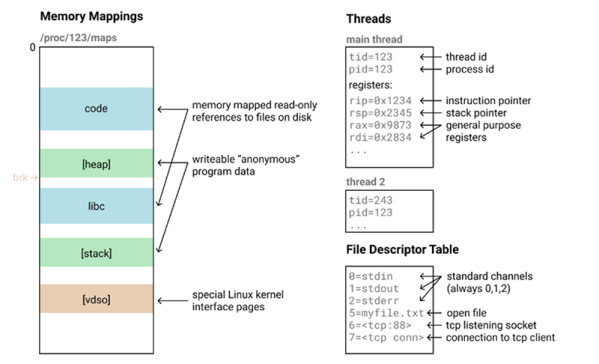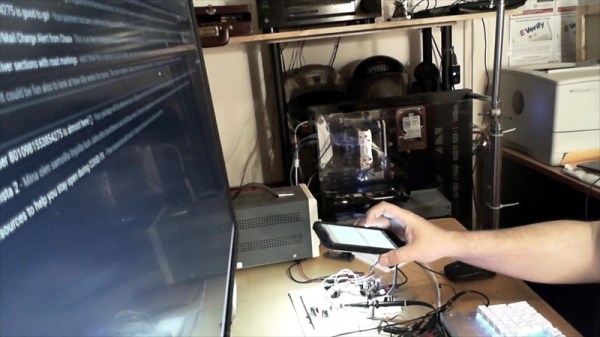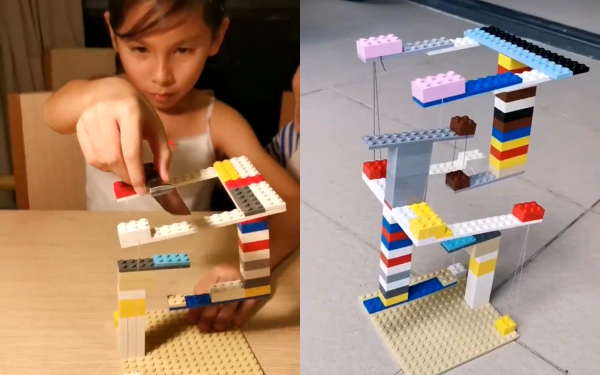Not only do console gamers complain about the use of a mouse, but PC users themselves often don’t have kind words to say even about some of the higher-end options. Granted, their gripes aren’t about game experience or balance, they’re usually about comfort, features, or longevity of the mice themselves. So far we haven’t seen many people try to solve these problems, but [benw] recently stepped on the scene with a modular mouse that can fit virtually any need.
Called the RX-Modulus, this mouse has been designed from the ground up to be completely open source from hardware to software. Most of the components can be 3D printed to suit an individual’s particular grip style by making adjustments. The electronics can be custom fitted as well. Users can swap out mouse buttons and wheels in any number of positions, and replace them when they wear out. To that end, one of the goals of this project is also to avoid any planned obsolescence that typically goes along with any current consumer-level product.
While [benw] currently only has a few prototypes under his belt, he’s far enough along with the project that he’s willing to show it off to the community. His hopes are that there are others that see a need for this type of mouse and can contribute to the final design. After all, there are all kinds of other custom mice out there that would have been much easier builds with [benw]’s designs at hand.























